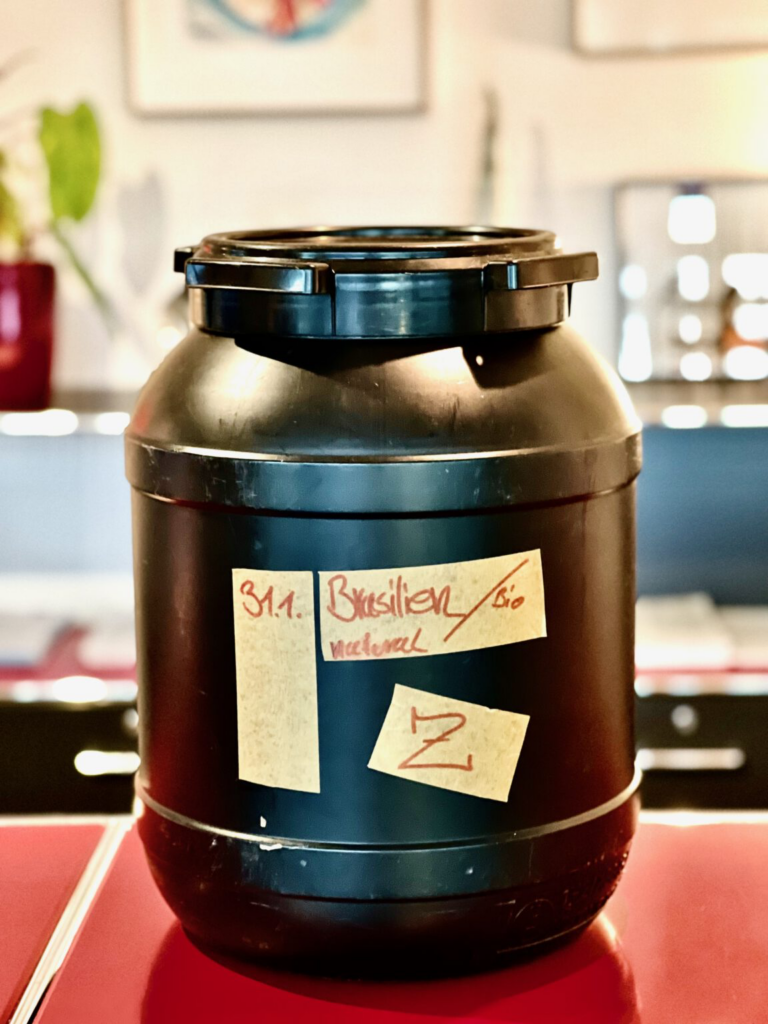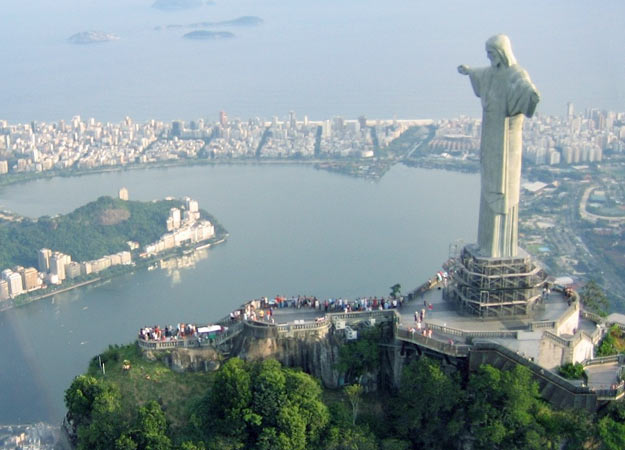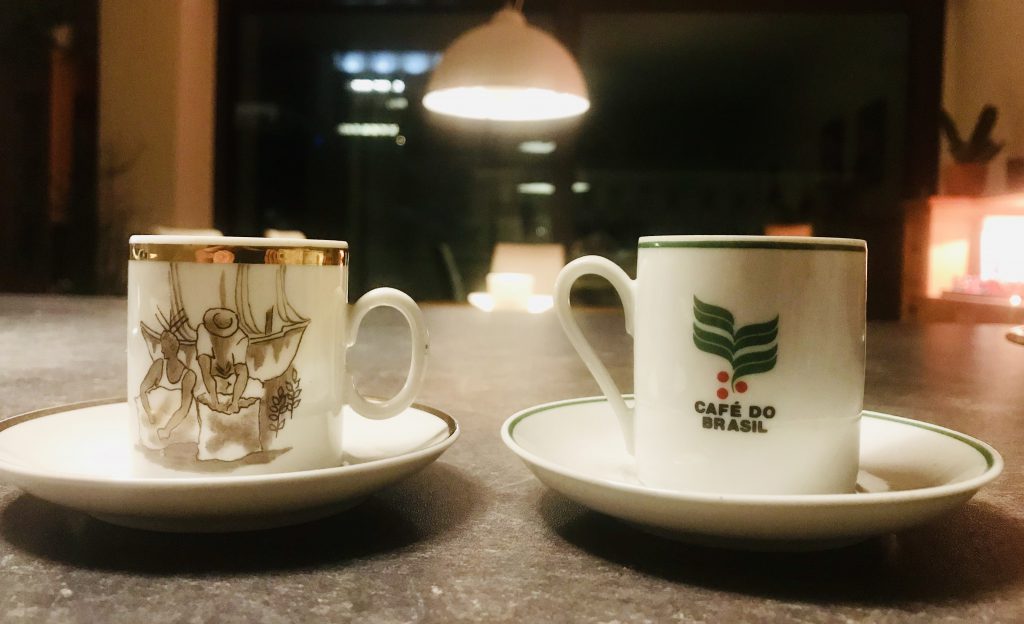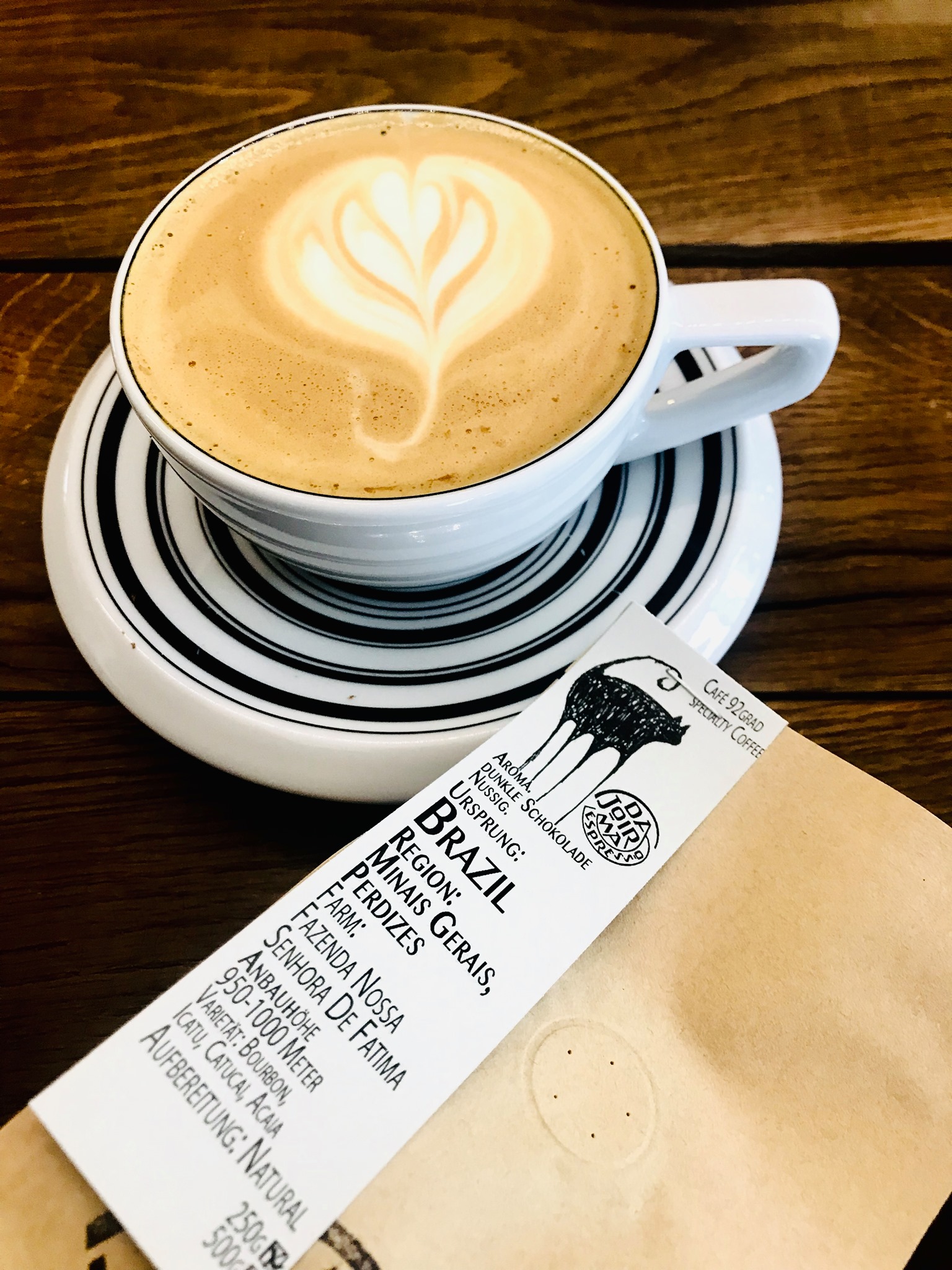Saphenion®: Cafézinho for our patients
Saphenion®: Cafézinho für unsere Patienten
Saphenion®: Cafèzinho für unsere Patienten – Diese Idee entwickelte sich bei einem Besuch des Cafés 92 Grad in der Kröpeliner Tor – Vorstadt in Rostock. Dort wurden uns sehr schmackhafte brasilianische und kolumbanische Kaffees serviert. In kleine Tässchen – so wie es in Brasilien und Kolumbien üblich ist. Wenn Gäste kommen in Geschäfte, Unternehmen und auch zum Arzt. Und wenn eine kleine Wartezeit entsteht. Ein kleiner Gruss und ein Zeichen der Gastfreundschaft.
Der Saphenion – Cafèzinho ist also ein Begrüßungsgetränk. Wir wählen dafür frisch gerösteten sortenreinen Kaffee aus den bekanntesten Anbaugebieten Brasiliens und Kolumbiens aus, fair getradet und in Mecklenburg frisch geröstet.

Saphenion®: Cafézinho für unsere Patienten: Brasilianische Provinz Minais Gerais mit der Hauptstadt Belo Horizonte – Kaffee aus dem Anbaugebiet bei Perdizes für das Saphenion – Cafèzinho in Rostock.
Cafézinho for our patients: Brazilian province Minais Gerais with the capital Belo Horizonte – coffee from the growing area near Perdizes for the Saphenion – Cafèzinho in Rostock.
The idea of the Saphenion – Cafèzinho we have got during a visit to the Café 92 Degrees in the Kröpeliner Tor central town Rostock. We´ve got very delicious original Brazilian and Colombian coffees. Small cups were common in Brazil and Colombia. When guests come to shops, banks, enterprises, and even to the doctor, they get a Cafézinho. And also, if a little waiting time is created. This should be a small greeting and a sign of hospitality.
The Saphenion – Cafèzinho is, therefore, a welcome drink. We choose freshly roasted, single-variety coffees from Brazil and Colombia’s most well-known growing areas. The coffee is fair-traded and freshly roasted in Mecklenburg.
Cafézinho für unsere Patienten: Ein Kaffeexperte gab uns die Tipps.
Cafézinho for our patients: A coffee expert gave us the tips.
Cafèzinho für unsere Patienten: Wir haben in Vorbereitung unserer Begrüssung der Patienten in der Rostocker Praxis einen Kaffeeexperten befragt. Dieser hatte in der Vergangenheit 6 Jahre in Brasilien jede Kaffeeplatage besucht auf der Suche nach den besten Kaffeesorten. Und so bekamen wir einen kleinen Einblick in das Geschäft und in die notwendigen Qualitätsmerkmale für den Cafèzinho in seiner ursprünglichen landestypischen Funktion.
Und so soll neben angenehmer Musik und einer freundlichen Athmossphäre auch eine kleine Freude für den Geruchs – und Geschmackssinn unserer Patienten die Angst nehmen vor der Diagnostik und Therapie an den Gefäßen…

Saphenion®: Cafézinho für unsere Patienten – Brasilianischer Kaffee, frisch geröstet in der KTV Rostock!
We interviewed a coffee expert in preparation for our new welcoming ritual in the Vein Care Center in Rostock. In the past, he had visited every coffee plantation in Brazil for 6 years in search of the best coffee. And so we got a little insight into the business and the necessary quality features for the Cafèzinho in its original country-specific function.
And so, in addition to pleasant music and a friendly atmosphere, a little joy for the smell and taste of our patients should take away the fear of the diagnosis and therapy on the arteries and veins…
Cafézinho für unsere Patienten: Brasilien größter Kaffeeproduzent der Welt
Cafézinho for our patients: Brazil largest coffee producer in the world
Cafèzinho für unsere Patienten: Brasilien ist nicht nur das größte und bevölkerungsreichste Land Südamerikas, sondern auch der fünftgrößte Staat überhaupt. Weltweit gibt es etwa 15 Milliarden Kaffeepflanzen – ganze vier Milliarden davon entfallen auf Brasilien. Daher ist es wenig verwunderlich, dass das Land seit mehr als 150 Jahren der größte Kaffeeproduzent der Erde ist.
Brazil is not only the largest and most populous country in South America but also the fifth-largest state in the world. Worldwide there are about 15 billion coffee plants – four billion of them are in Brazil. Therefore, it is hardly surprising that the country has been the largest coffee producer in the world for more than 150 years.
Saphenion®: Cafézinho für unsere Patienten – Liebe geht durch den Magen
Cafézinho for our patients: Love goes through the stomach
Saphenion®: Cafèzinho für unsere Patienten – Achtung, jetzt wird’s romantisch: hinter der Geschichte des brasilianischen Kaffees steckt nämlich eine kleine Liebelei. Die Comtess d’Orviliers, eigentlich die Frau des Gouverneurs von Französisch-Guiana, beschenkte ihren Bewunderer, Sergeant Major Francisco de Melo Palheta, mit Kaffeebohnen. Nachdem der Major seinen ersten Kaffee getrunken hatte, war er so fasziniert von dem neuartigen Getränk, dass er seine eigentliche Mission vorzeitig beendete, in sein Heimatland Brasilien zurückkehrte und dort mit dem Kaffeeanbau begann.
Attention, now it’s going to be romantic: behind the history of Brazilian coffee is a little flirtation. The Comtess d’Orviliers, actually the wife of the Governor of French Guiana, presented her admirer, Sergeant Major Francisco de Melo Palheta, with coffee beans. After drinking his first coffee, the major was so fascinated by the new drink that he ended his mission prematurely, returning to his native Brazil and starting to grow his coffee.

Saphenion®: Cafèzinho für unsere Patienten: Kaffeeanbau mit viel Abwechslung, hoher Inlandsverbrauch.
Cafèzinho for our patients: Coffee cultivation with a lot of variety, high domestic consumption.
Coffea-Pflanzen werden in 17 der 26 brasilianischen Staaten angebaut. Im größten Land Südamerikas gedeihen sowohl Arabicas als auch Robustas vieler unterschiedlicher Varietäten. Je nach Bundesstaat, in dem die Anbaugebiete liegen, können sich selbst Bohnen gleicher Sorte geschmacklich sehr voneinander. Unterscheiden. Die vier Staaten Sao Paulo, Espirito San, Paraná und Minas Gerais stellen 98 % des kompletten Ertrags, wobei 50 % allein auf Paraná entfallen.
Neben großen Mengen an Bohnen in Durchschnittsqualität, wie sie in jedem Supermarkt zu finden sind, produziert Brasilien auch einige Raritäten. Diese schaffen es aber oft gar nicht bis nach Europa: Brasilien hat einen so hohen Inlandsverbrauch, dass die hochwertigen Sorten meist selbst konsumiert werden.
Coffea plants are grown in 17 of the 26 Brazilian states. In the largest country in South America, both Arabica and Robusta thrive in many different varieties. Depending on the state in which the cultivation areas are located, even beans of the same variety can taste very different from each other. Differ. The four states of Sao Paulo, Espirito San, Paraná, and Minas Gerais represent 98% of the total yield, with 50% accounting for Paraná alone.
In addition to large quantities of beans of average quality, as they are found in every supermarket, Brazil also produces some rarities. However, these often do not make it to Europe: Brazil has such a high domestic consumption that the high-quality varieties are usually consumed by themselves.
Saphenion®: Cafézinho für unsere Patienten: Brasilianischer Kaffee vielseitig im Geschmack
Cafézinho for our patients: Brazilian coffee versatile in taste
Geschmacklich zeigt sich der brasilianische Kaffee sehr vielseitig. Je nach Anbaugebiet lassen sich größere geschmackliche Unterschiede feststellen. Im südöstlichen Teil des Landes werden beispielsweise vor allem alte, vor einigen Jahren wiederentdeckte Bourbon-Varietäten angebaut, die mild, zugleich aber auch angenehm würzig im Geschmack sind. Die Bohnen der unweit der Küste angebauten Kaffeesträucher zeichnen sind hingegen durch feine Noten von Meerwasser aus.
Insgesamt überzeugt Kaffee aus Brasilien durch seine Milde und ein samtiges Mundgefühl. Säure enthält er kaum. Bei den Brasilianern selber ist der Rio, ein Kaffee mit leicht medizinischer Note, besonders beliebt.
The taste of Brazilian coffee is very versatile. Depending on the growing area, larger differences in taste can be detected. In the southeastern part of the country, for example, old Bourbon varieties, rediscovered several years ago, are cultivated, which are mild but also pleasantly spicy in flavor. On the other hand, the beans of the coffee bushes cultivated near the coast are characterized by fine notes of seawater. Overall, coffee from Brazil impresses with its mildness and velvety mouthfeel. He hardly contains any acid. Among the Brazilians themselves, the Rio, a coffee with a slightly medical touch, is particularly popular.

Photos: Utzius
Links:
https://www.coffee-perfect.de/kaffeewissen/kaffeekulturen/kaffeekultur-brasilien.html
https://www.coffeecircle.com/de/e/brasilien
Dos Santos DG, Coelho CCS, Ferreira ABR, Freitas-Silva O. Brazilian Coffee Production and the Future Microbiome and Mycotoxin Profile Considering the Climate Change Scenario. Microorganisms. 2021 Apr 16;9(4):858. doi: 10.3390/microorganisms9040858. PMID: 33923588; PMCID: PMC8073662.
Torres GAL, Zezzo LV, José RVS, Greco R, Coltri PP. Exposure To Climate Risk: A Case Study For Coffee Farming In The Region Of Alta Mogiana, São Paulo. An Acad Bras Cienc. 2022 Oct 21;94(suppl 4):e20211379. doi: 10.1590/0001-3765202220211379. PMID: 36287463.
